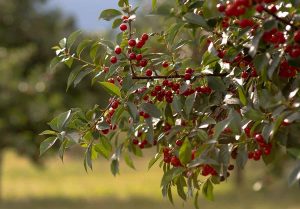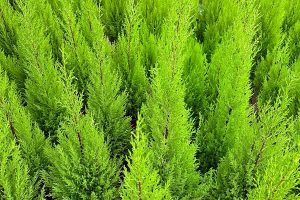Pine trees can reach remarkable heights, with some species soaring to over 100 feet. These towering conifers are a staple in forests across the world, known for their height and the ecological benefits they provide. Understanding how tall pine trees get can offer insights into their role in forest ecosystems and the diversity among species.
Table of Contents
Pine Tree Growth Rates
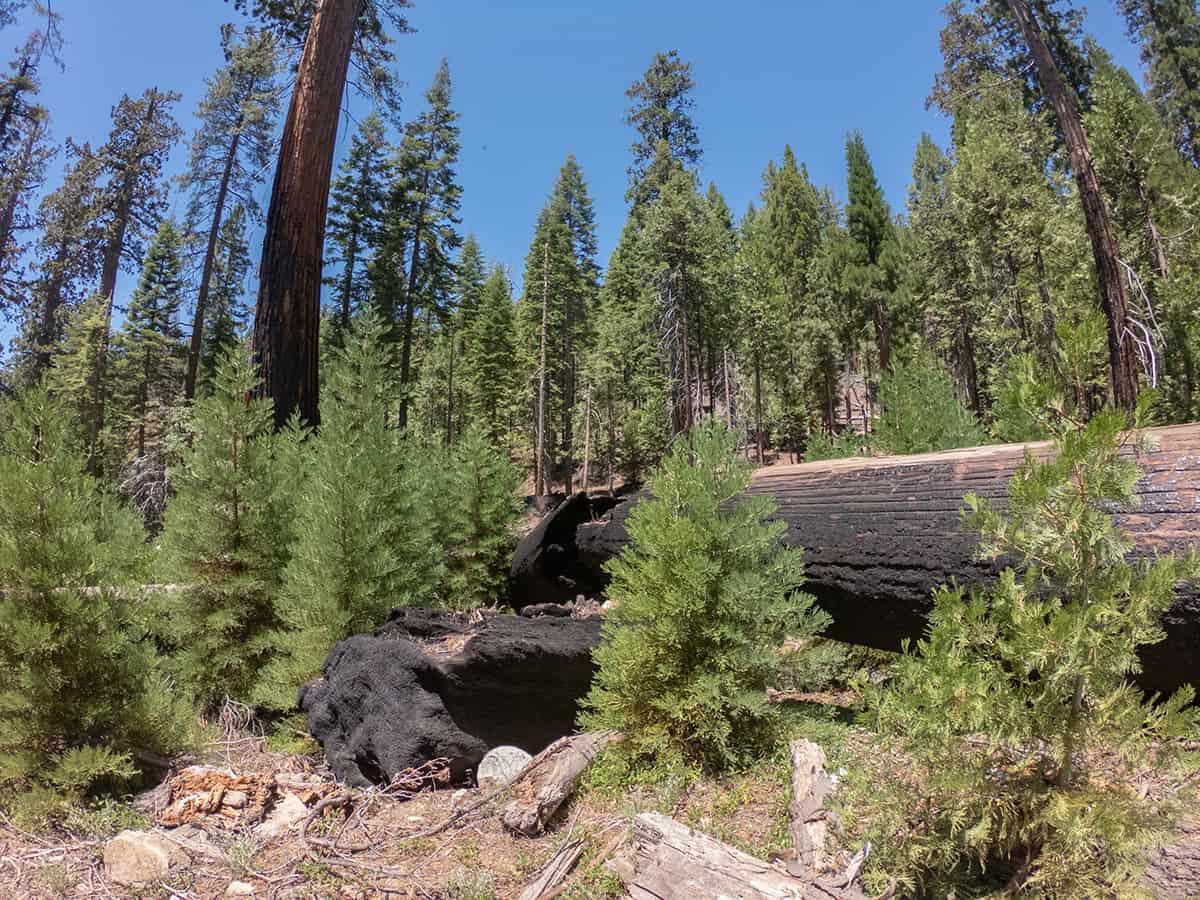
The growth rates of pine trees can vary based on several factors, with trees typically adding around 1 to 2 feet per year under optimal conditions.
Factors Influencing Height
- Genetics: Just like humans, each pine tree has a genetic cap on its potential size.
- Environment: Soil quality, water availability, and sunlight can greatly affect growth.
- Competition: Crowded areas force pines to grow slower as they compete for resources.
- Age: Younger pines grow quickly; older trees slow down.
Average Growth Per Year
- Seedlings: Initially may grow several inches per year.
- Mature Trees: Usually, growth is about 1-2 feet annually.
- Old Growth: Can be much less due to various factors like reduced nutrient intake.
Maximum Heights of Pine Species
Understanding how tall various pine species can grow is essential. These maximum heights are typical for mature trees grown under favorable conditions.
White Pine
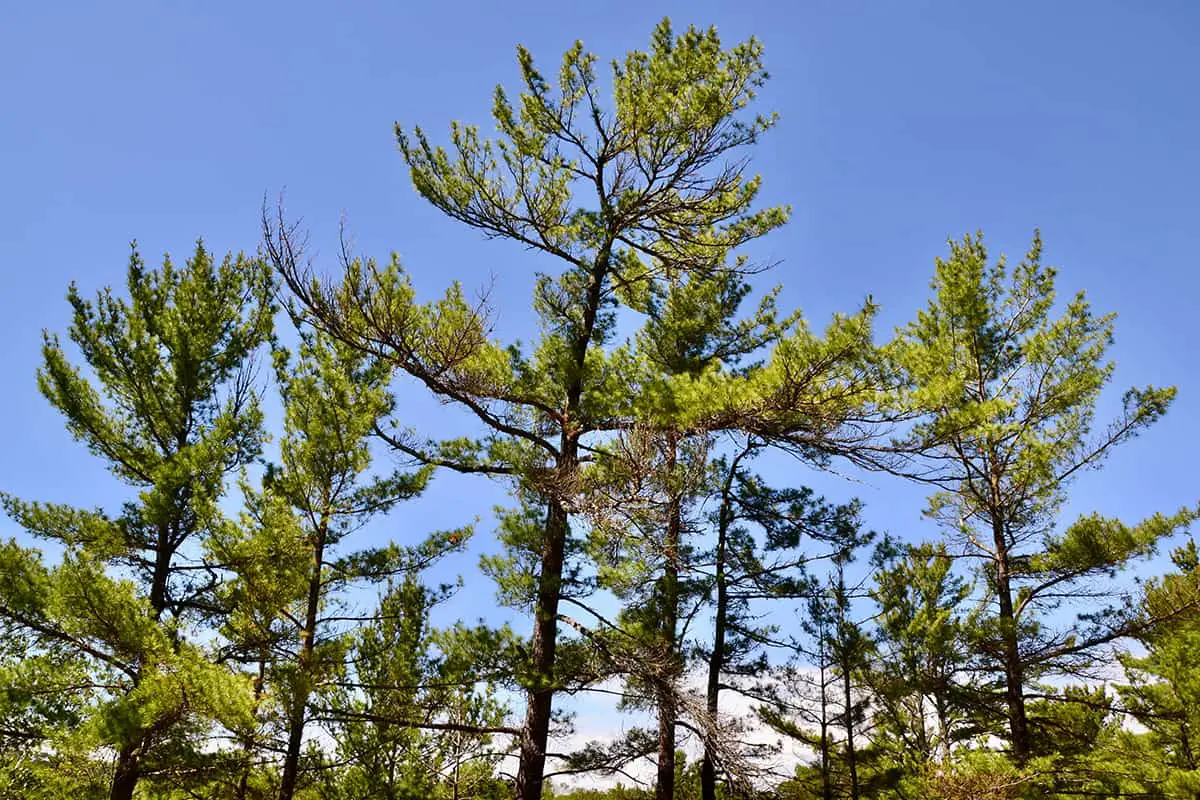
The White Pine, notably the Eastern White Pine, reaches up to 200 feet. Your yard likely won’t see such towering heights, but 150 feet is common in well-suited environments.
Loblolly Pine
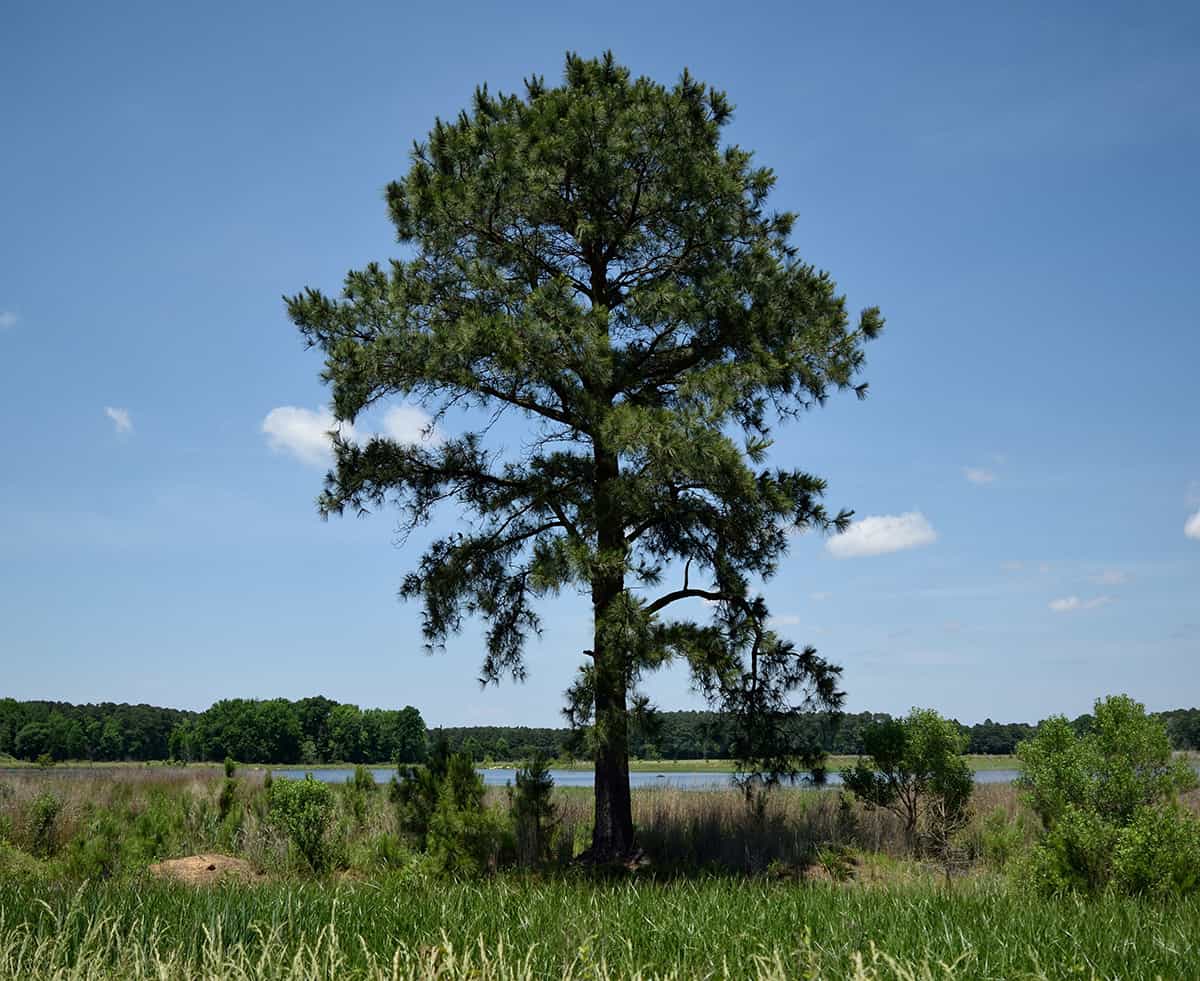
Your Loblolly Pine may grow to about 100 feet. In ideal conditions, some have been documented stretching to even 110 feet tall.
Longleaf Pine
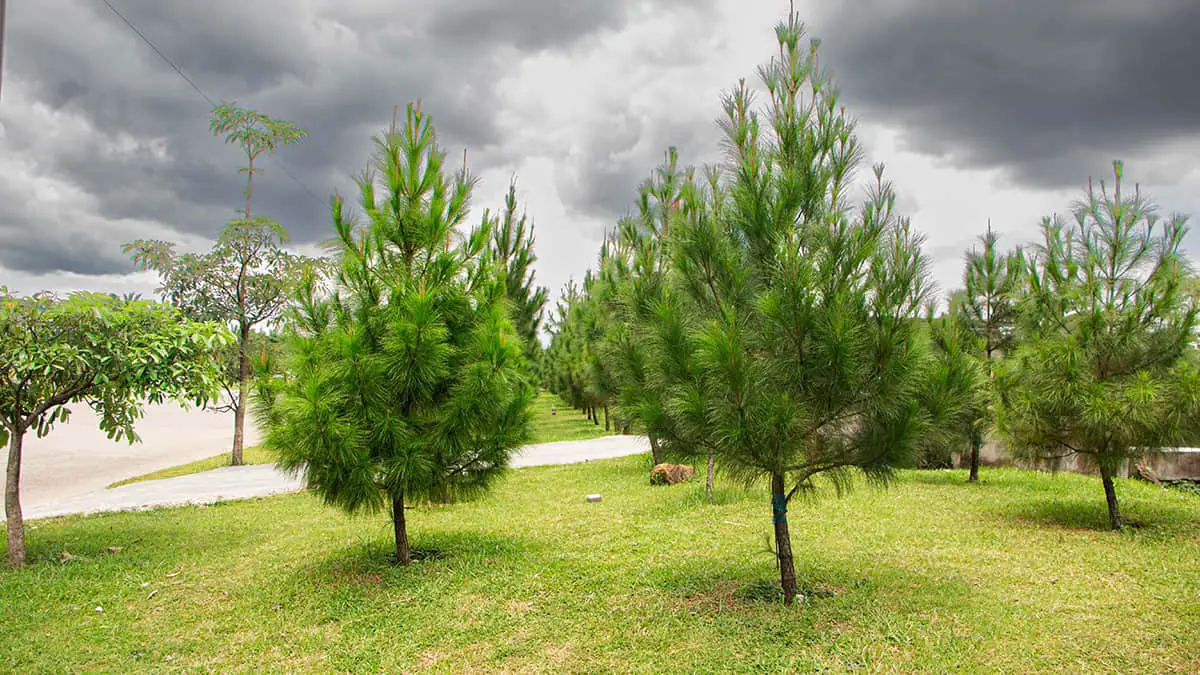
A mature Longleaf Pine can achieve heights of around 100 to 120 feet. These pines stand out in southern U.S. landscapes with their lofty stature.
Environmental Impact on Pine Tree Height
Pine tree height can vary widely, influenced significantly by environmental factors. Understanding these factors helps you appreciate the growth potential of these trees in different conditions.
Soil Conditions
Pine trees thrive where soil is fertile and well-drained. Your tree’s height can be limited if the soil lacks essential nutrients or retains too much water.
Climate Variability
Climatic factors, like temperature and rainfall, directly affect pine tree height. Constant, moderate conditions encourage taller trees, while extreme weather can stunt growth.
Human Intervention
Your actions influence pine tree height. Responsible forestry practices help trees reach their full potential, whereas pollution can markedly limit growth.
Comparative Heights
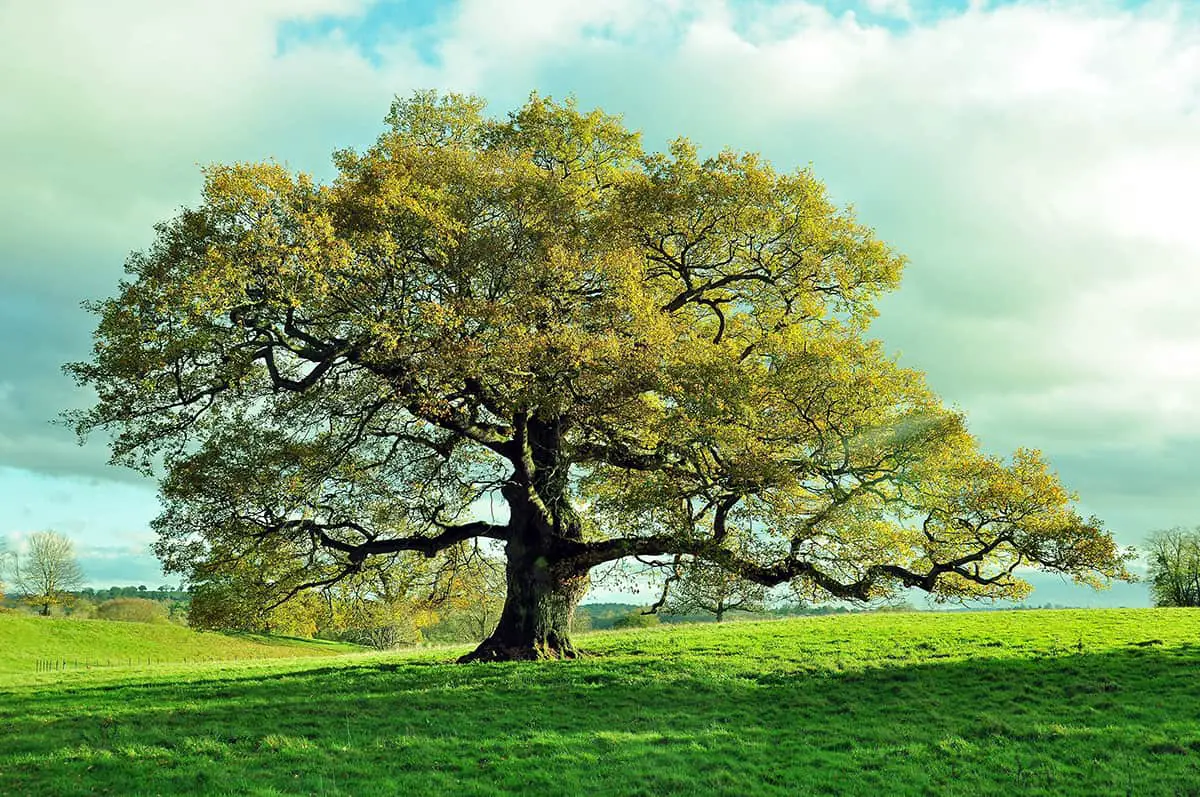
Pine Trees Versus Other Trees
Pine trees are known for their impressive stature, often towering over many species within their habitats. For instance, the ponderosa pine typically reaches heights of 60 to 130 feet
In contrast, the giant sequoia, another conifer, can grow much taller, with mature trees often surpassing 200 feet. Hardwood trees, such as oaks and maples, usually peak at lower heights, with 70 to 100 feet being a common range.
- Ponderosa Pine: 60 – 130 ft
- Giant Sequoia: 200+ ft
- Oak Trees: 70 – 100 ft
- Maple Trees: 70 – 100 ft
Geographic Height Variations
Your location has a significant impact on how tall pine trees can grow. The loblolly pine, prevalent in the southeastern United States, can achieve heights between 65 and 110 feet. In the West, you’ll find the sugar pine, which can grow remarkably tall, up to 200 feet, under ideal conditions. Factors like soil quality, climate, and elevation play critical roles in determining a pine tree’s ultimate height.
- Loblolly Pine (Southeastern US): 65 – 110 ft
- Sugar Pine (Western US): up to 200 ft
Different species and their respective growing conditions dictate the majestic heights pine trees can attain, often making them the sentinels of their ecosystem.

